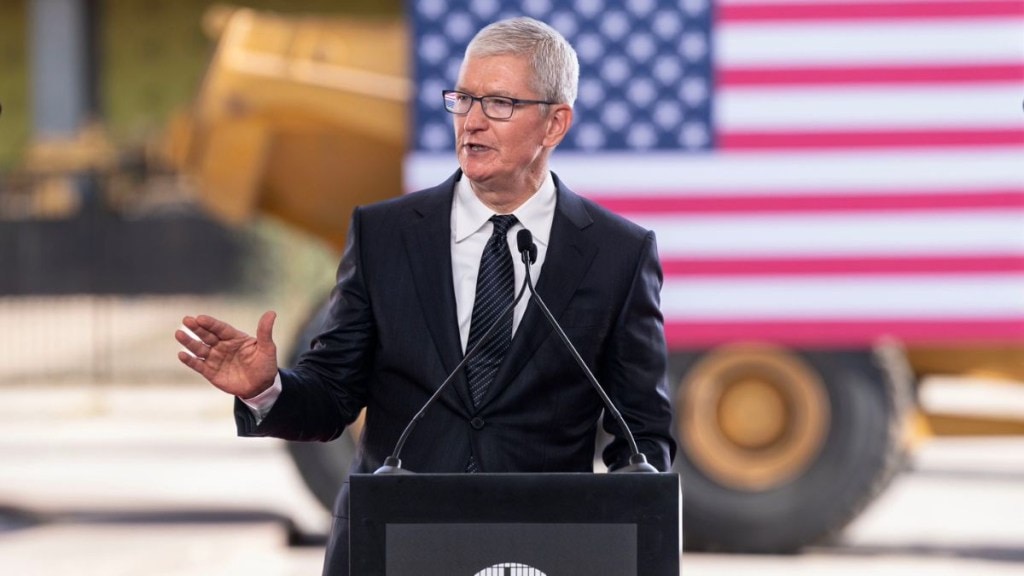Did you know that prior to Elon Musk’s SpaceX and its Starlink satellite internet service, iPhone maker Apple tried its hand at it? That too by working in collaboration with Boeing? Do you know that the project got cancelled multiple times before Apple went with a different approach?
Based on the latest intel from The Information, it is said that Apple had long been interested in reducing its reliance on telecom operators by establishing its own satellite internet service. The project, internally called the Project Eagle, was created in collaboration with Boeing to create a wireless internet service for iPhones and homes. Apple and Boeing would go on to launch a constellation of thousands of satellites in low-earth orbit that would beam internet down to the surface.
While the iPhones would feature built-in modules to receive internet services via satellite, Apple would sell dish antennas to users for installing on their roof or windows and beam internet signals via a Wi-Fi router, just like Starlink. The idea with Project Eagle was to let the iPhone not be withheld by mobile carriers and reducing the company’s reliance on them. Apple even spent $36 million to test the concept at El Segundo, California.
But Apple had other plans
Although the project was scheduled to release by 2019, Apple CEO Tim Cook suggested that launching the service would endanger Apple’s relationship with telecom operators, which won’t be a wise move in Apple’s home market as well as several other regions. Hence, the project was shelved in 2016 and all its senior staff quit the company.
However, Apple’s hardware team hadn’t given up on their satellite ambitions yet. In 2018, talks were initiated with Oneweb, a satellite internet service provider, for collaboration to provide Apple’s home internet service project. Oneweb, however, listed the estimated price to be $30 billion and another $40 billion to deliver. The prices, along with Apple’s concerns of upsetting its telecom partners, forced the iPhone maker to let go of the ambition.
Apple’s hardware team then focused its attention on providing satellite services to the iPhone. This project got a green signal and the world got to see the iPhone getting satellite connectivity with the 15’s Satellite SOS connection feature in partnership with Globalstar.
But Apple’s team wanted another go
To make the service better, Apple’s satellite connectivity team proposed using a new generation of satellites to offer unrestricted internet services to iPhone users in remote locations. The cost would be incrementally higher compared to Apple’s existing service, which along with the concern of angering mobile carriers, led to the team leaving pursuit.
No interest in satellite connectivity now?
Industry insiders now suggest that Apple’s internal teams are questioning the viability of the iPhone’s satellite connectivity over the long term. It is said that the Globalstar network is outdated in comparison to Starlink and it may continue to remain the same for the foreseeable future. The limited feature set and concerns of Apple getting regulated by the US government has kept the company from charging its customers.
Senior Apple management people, including Craig Federighi and Adrian Perica, have apparently advocated to discontinue the service owing the cost of millions of dollars per year just to keep it alive.
Hence, the future of satellite connectivity in Apple’s ecosystem seems uncertain at the moment.








